
4 minute read
THE DAYMANIYAT ISLANDS AND A CONSCIOUS LOOK AT WHAT LURKS BELOW ITS SURFACE
THE DAYMANIYAT ISLANDS AND A CONSCIOUS LOOK AT WHAT LURKS BELOW ITS SURFACE
FEATURE AND PHOTOGRAPHY ALLY LANDES
If you want to organise an easy weekend of diving outside of the UAE without the hassle of taking a flight, the Daymaniyat Islands in Oman still offers some of the best diving in the Gulf of Oman. It’s a smooth drive along the new Batinah Expressway and you can be in Muscat within 4 or 5 hours, depending on the queues at the borders. The expressway takes you from the Omani border directly into Muscat, and skips the busy coastal road.
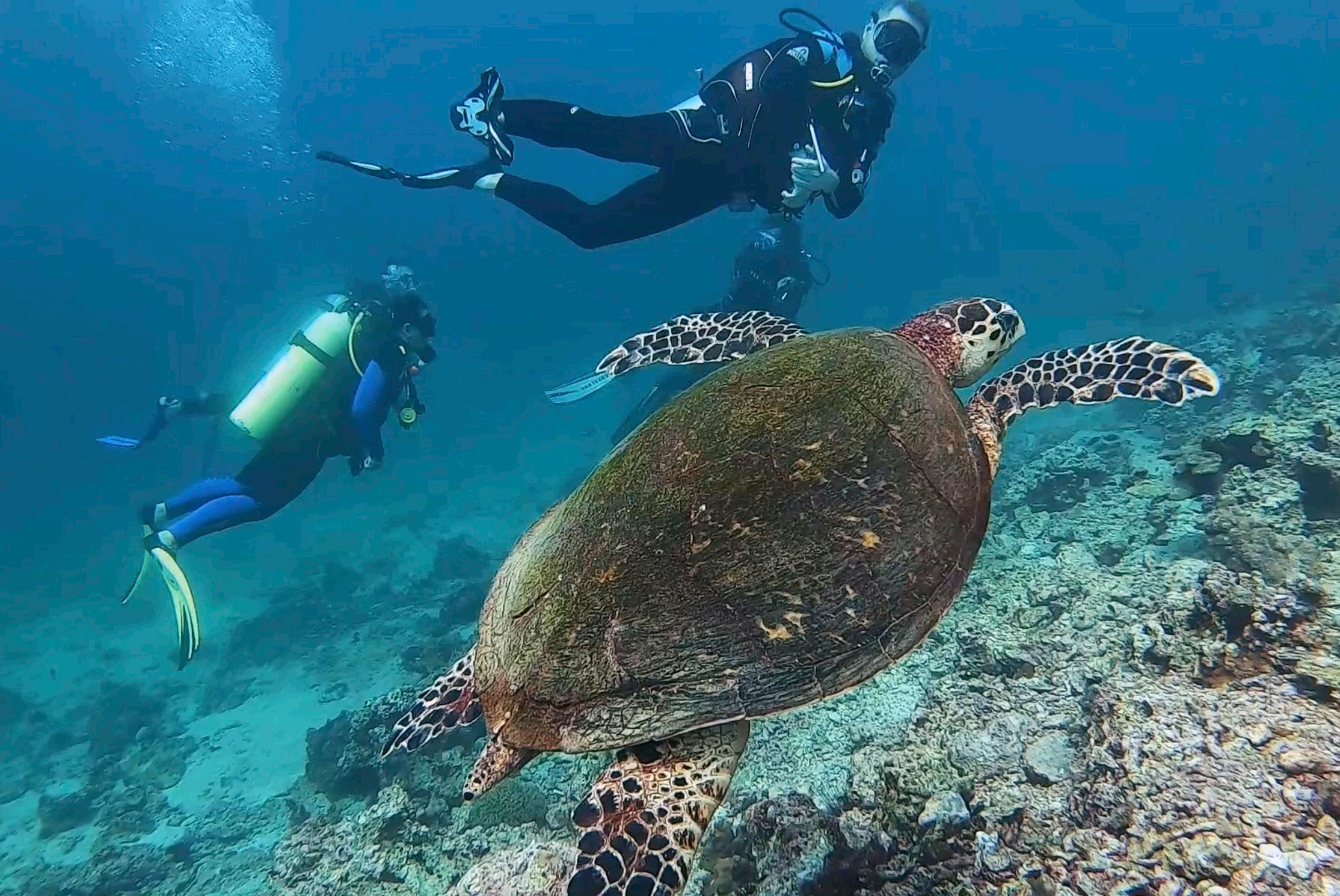
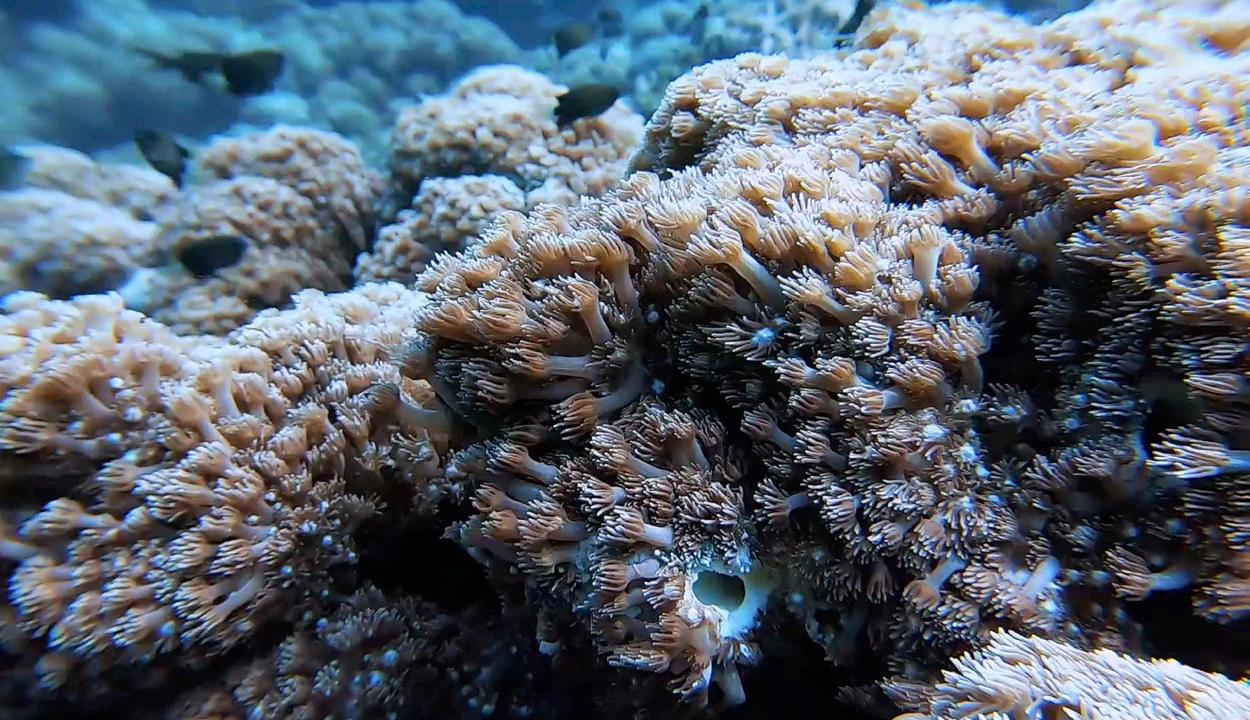
One thing which is quite prolific at the Daymaniyat Islands at the moment is the Crown-of-Thorns starfish (Acanthaster planci). The 3 dive sites we dived were affected by a number which may be a cause for concern.
The permanent damage of bleaching is not yet visible, but if these very large starfish (the largest in the world) are left to their own devices, it will only be a matter of time until they have an epidemic on their hands.
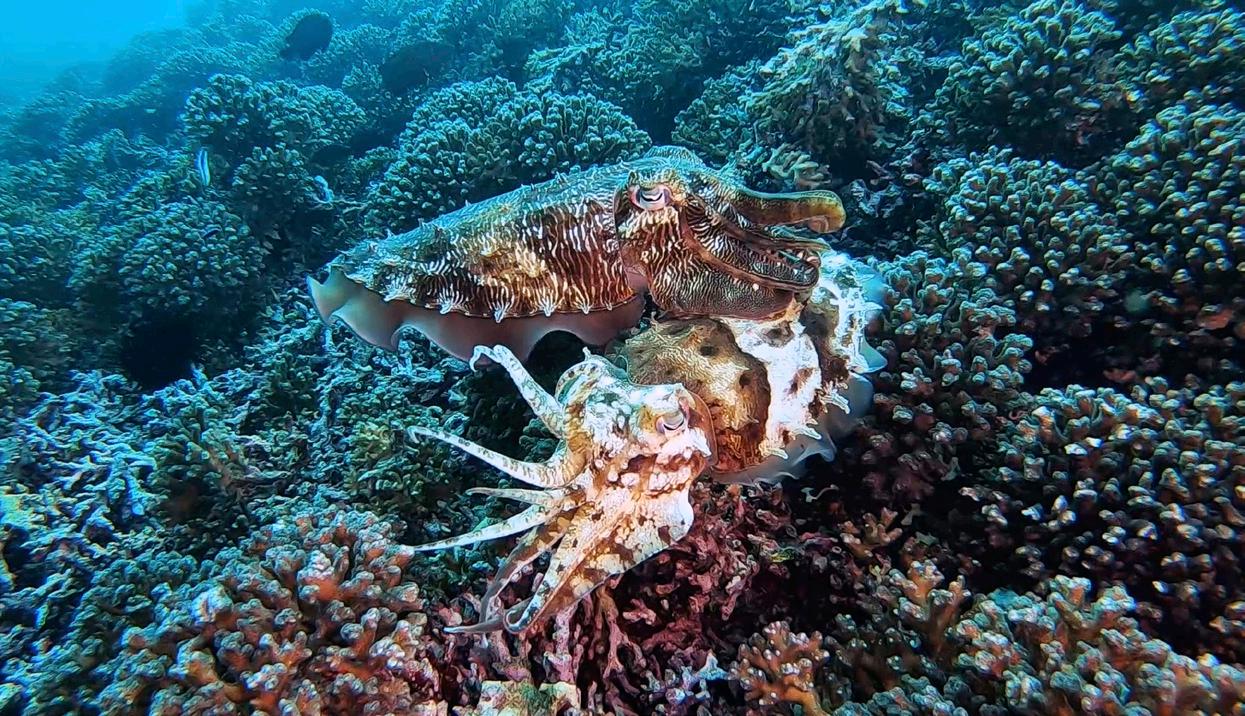
Another monstrosity is the amount of abandoned fishing nets.Mostofthe fishing nets have been down there for a number of years as some corals have actually grown over them. There were a lot of dead sea urchins trapped in their grasp. Unfortunately, dive centres have been strictly forbidden from removing either of these environmental dangers on order of the Omani Government, which poses a great threat to this gorgeous Nature Reserve.
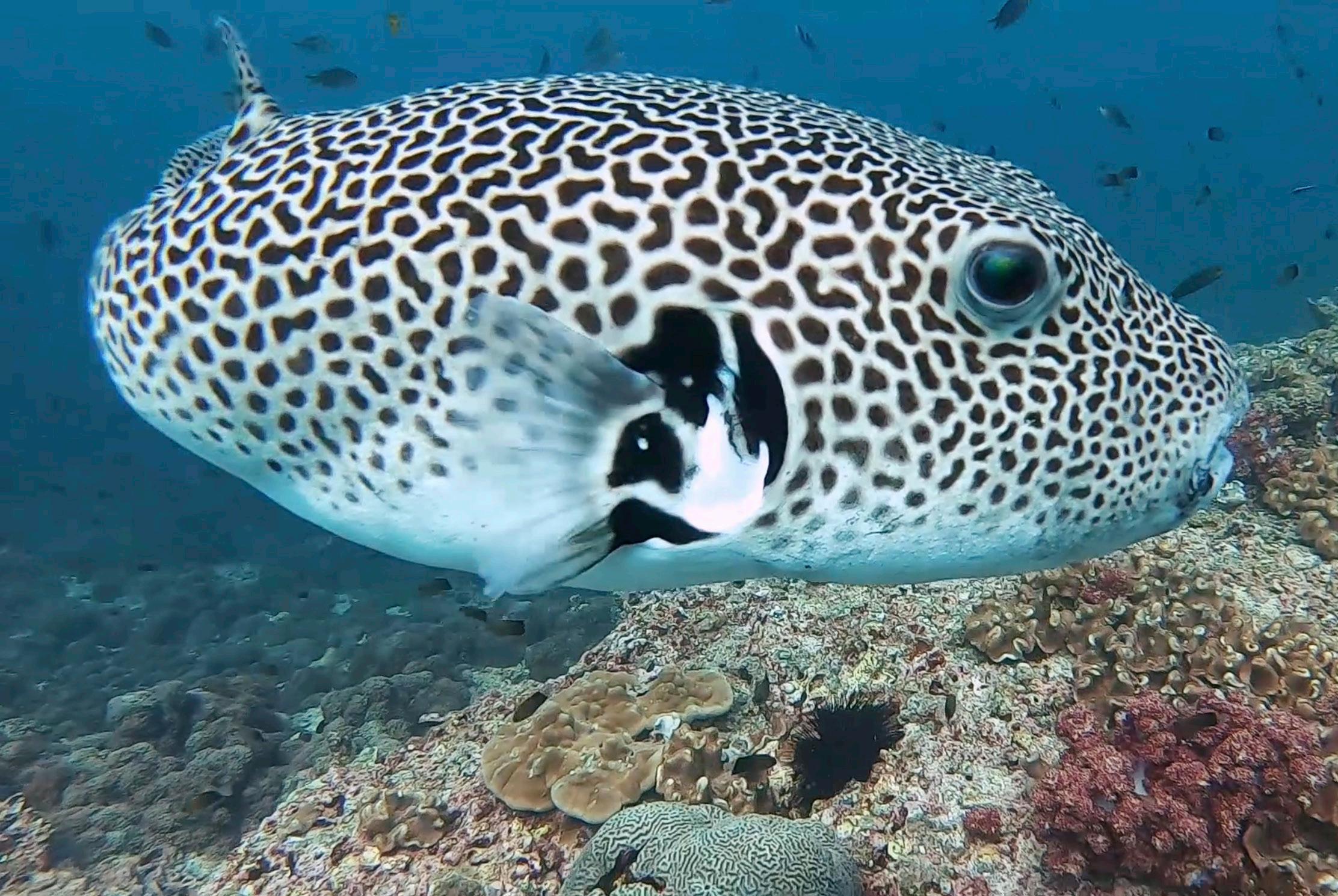
There are 9 islands in the Daymaniyats in an area of 100 hectares. Sea turtles come to the Daymaniyats to lay their eggs on the islands as well as the large population of migratory birds who also come to nest. The month of October closes public access to the islands, except we were informed you can purchase a permit to camp on the islands overnight for AED200/ person which completely defeats the purpose ofrunning a restricted nature reserve!

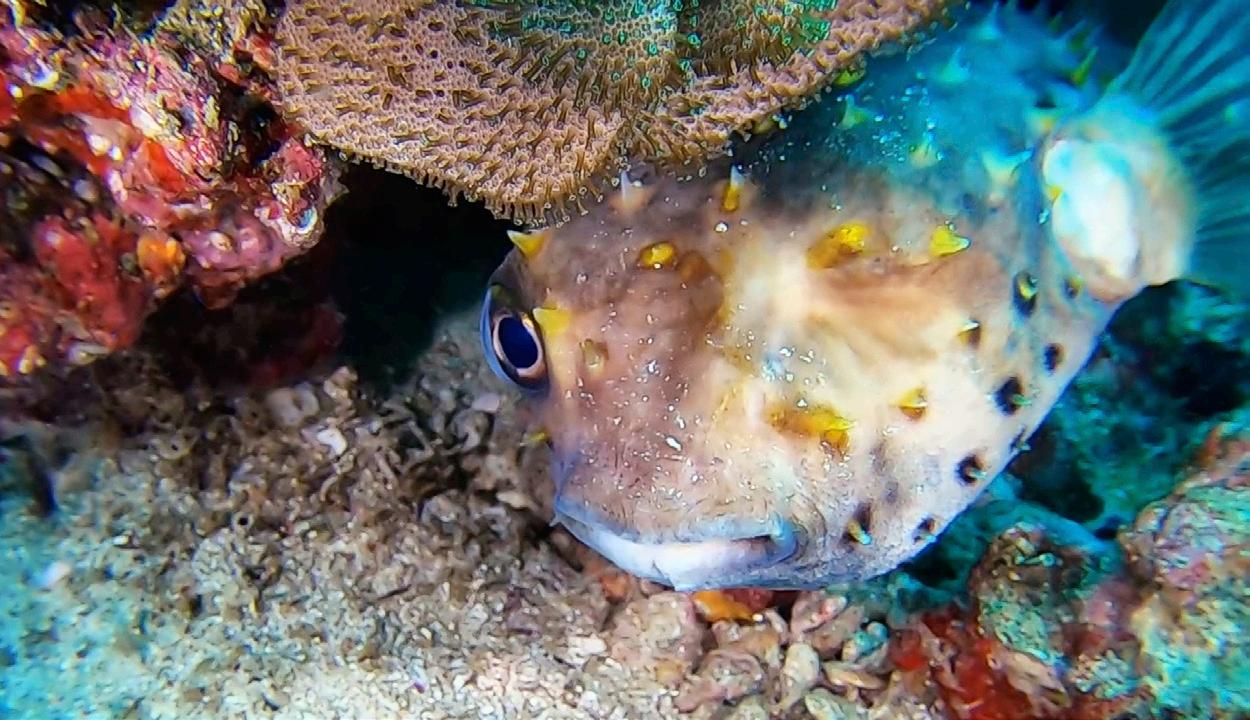
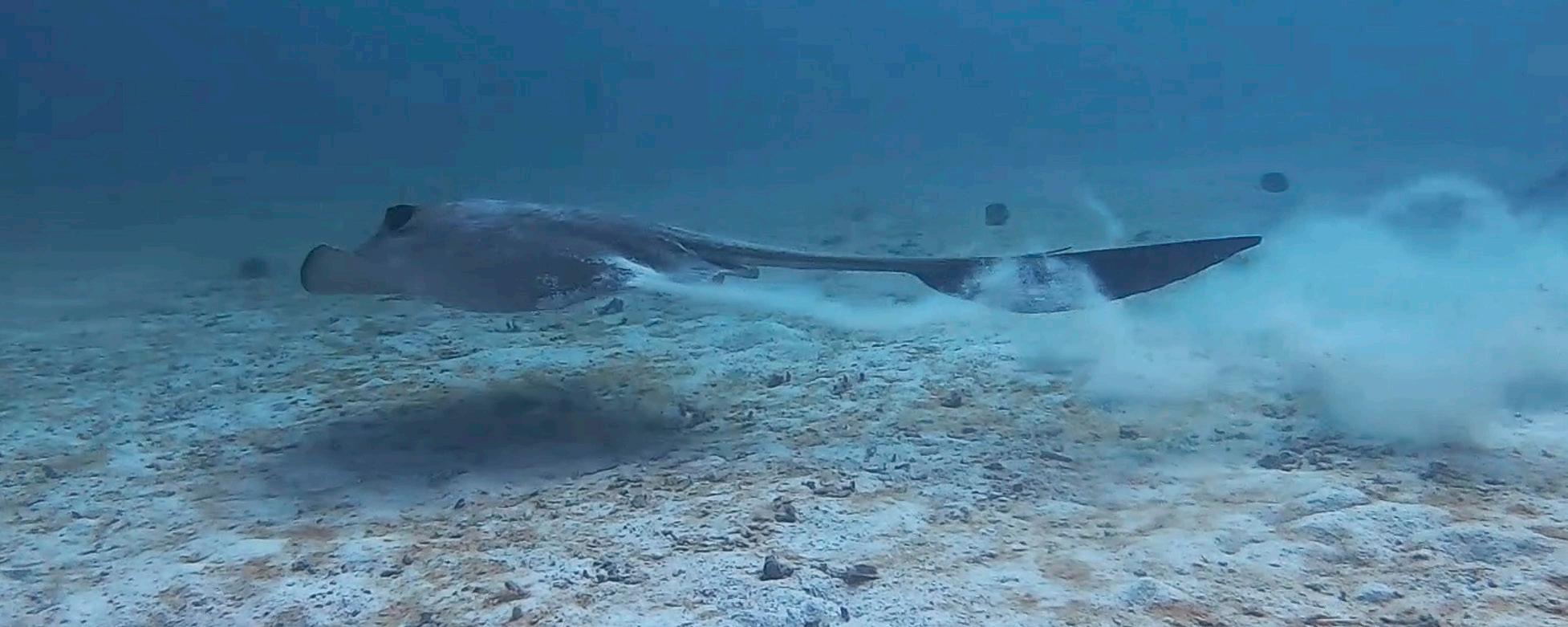

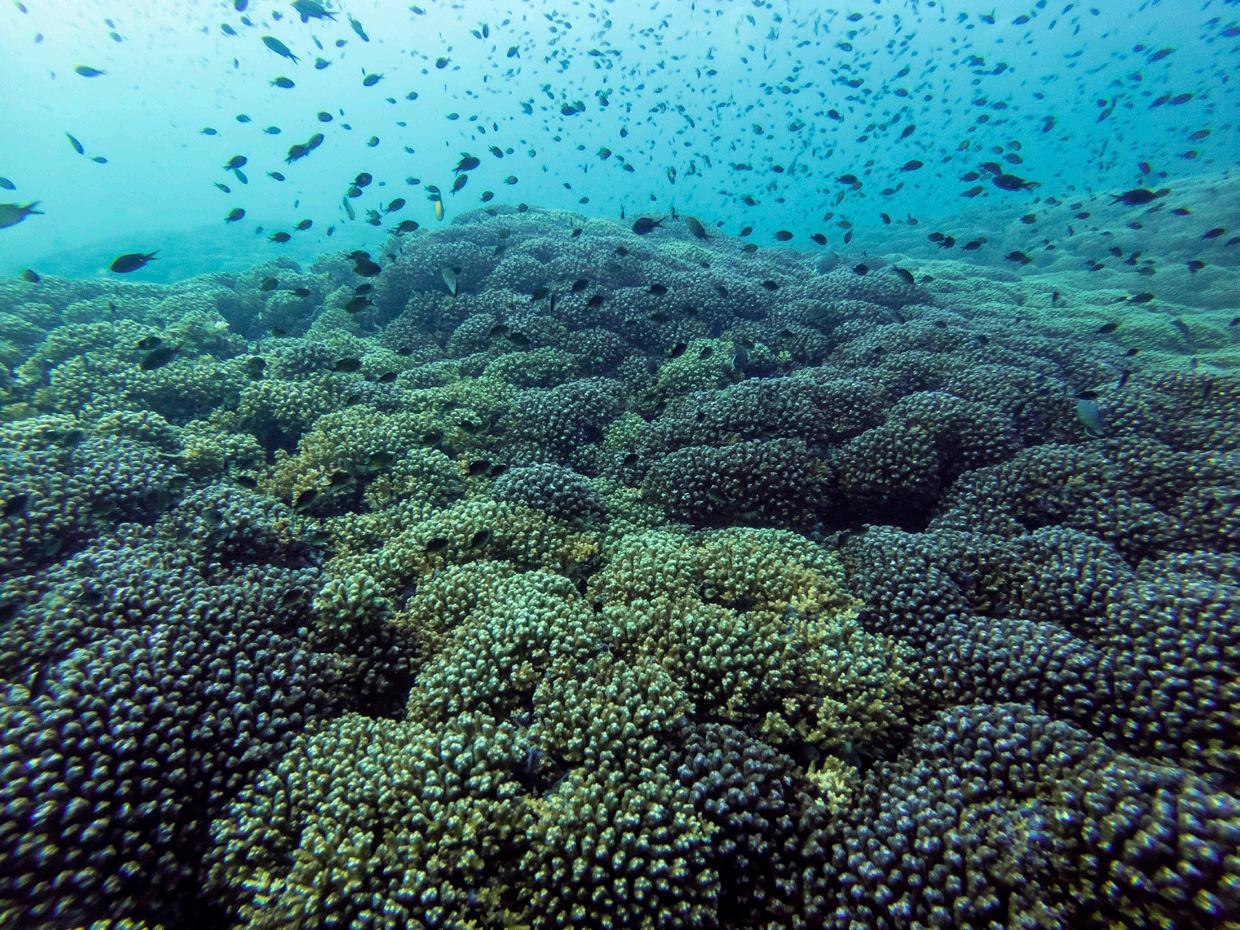
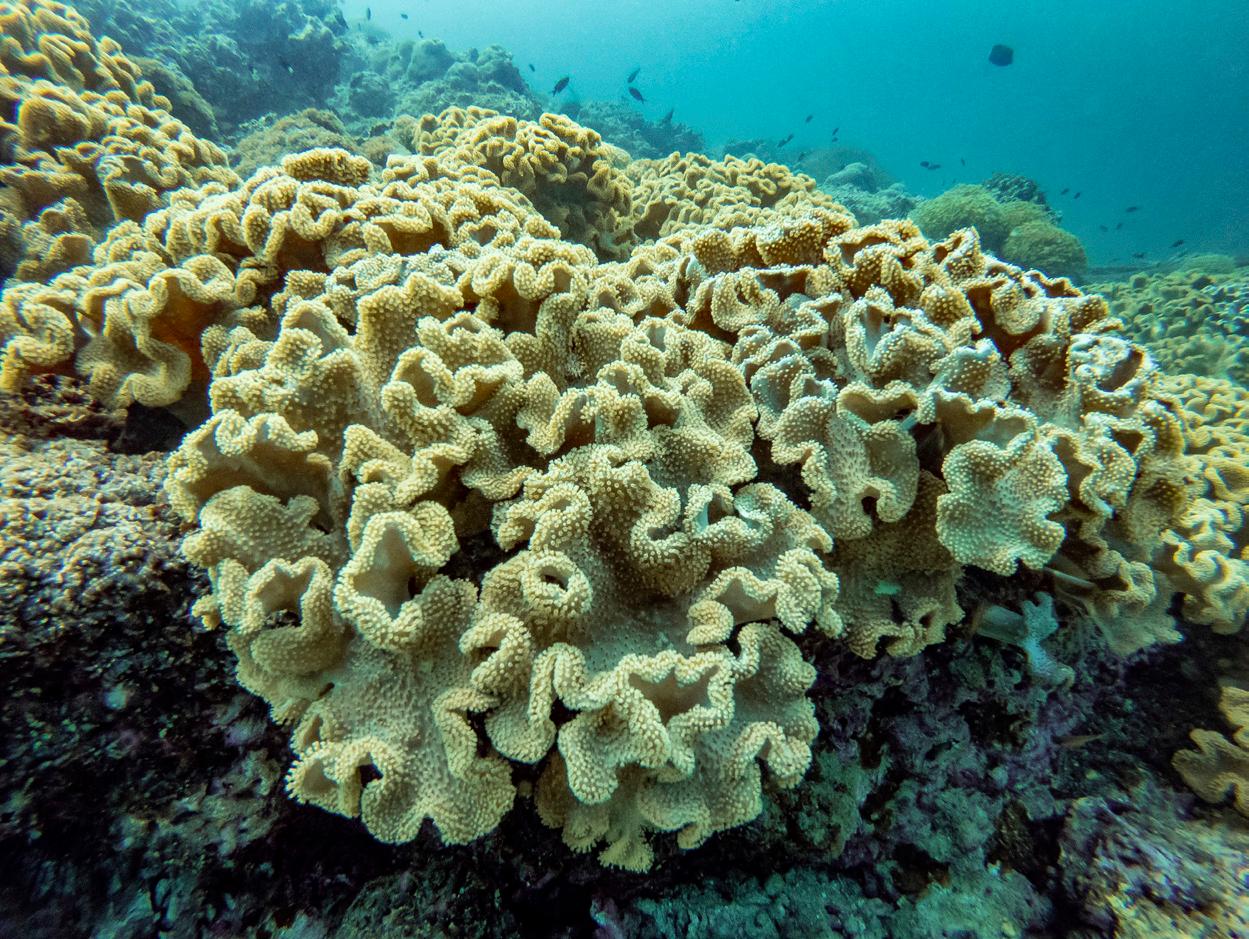
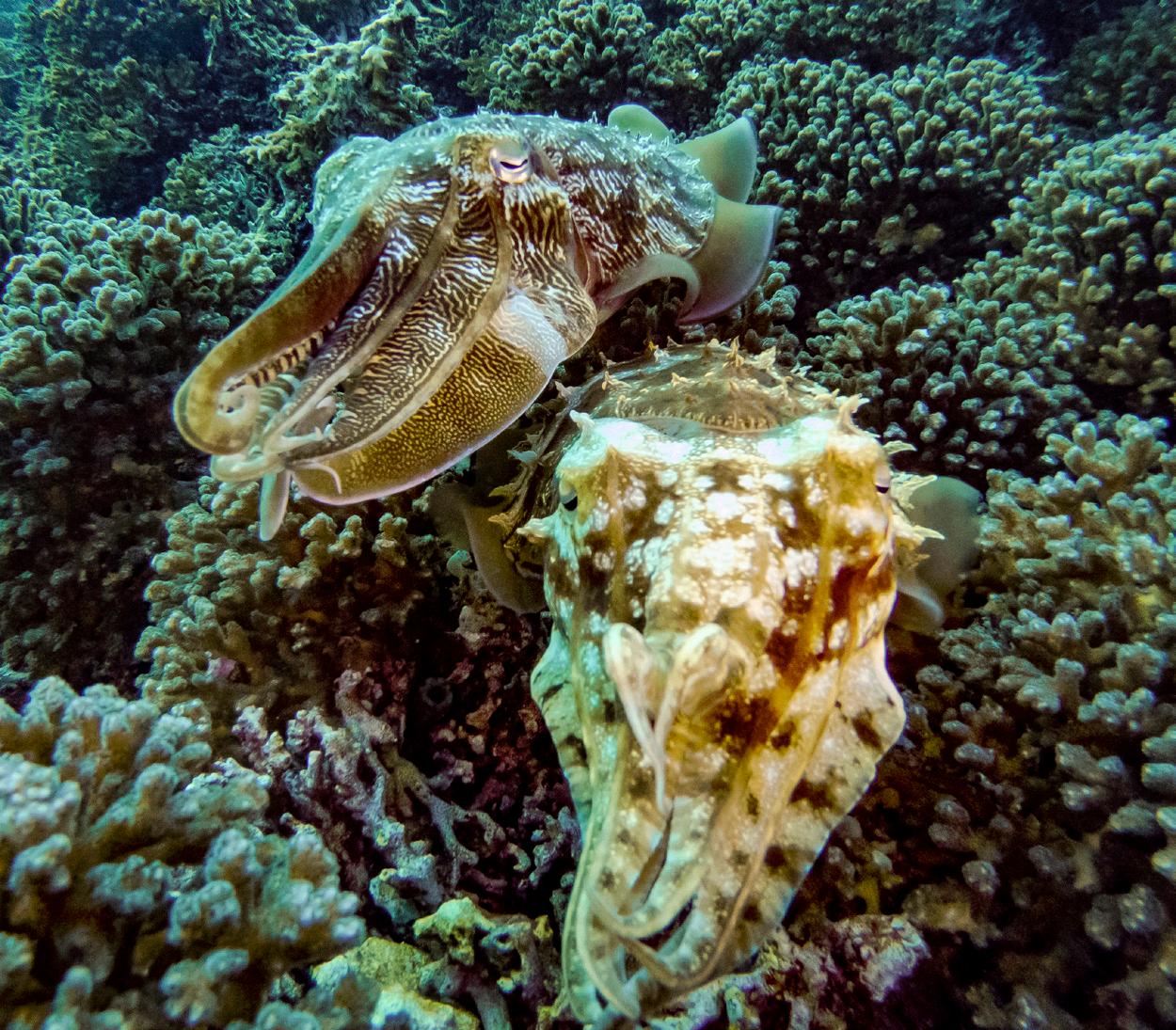
The thing about the Daymaniyat Islands is that it is still some of the best diving in the Gulf of Oman. It has an incredibly rich marine biodiversity and the corals are in relatively good condition as a whole, besides the amount of damage that has been caused by boatanchoring and fishing.Ifthere is no cer tain control on the future of this area, I would hate to think how quickly it could diminish.
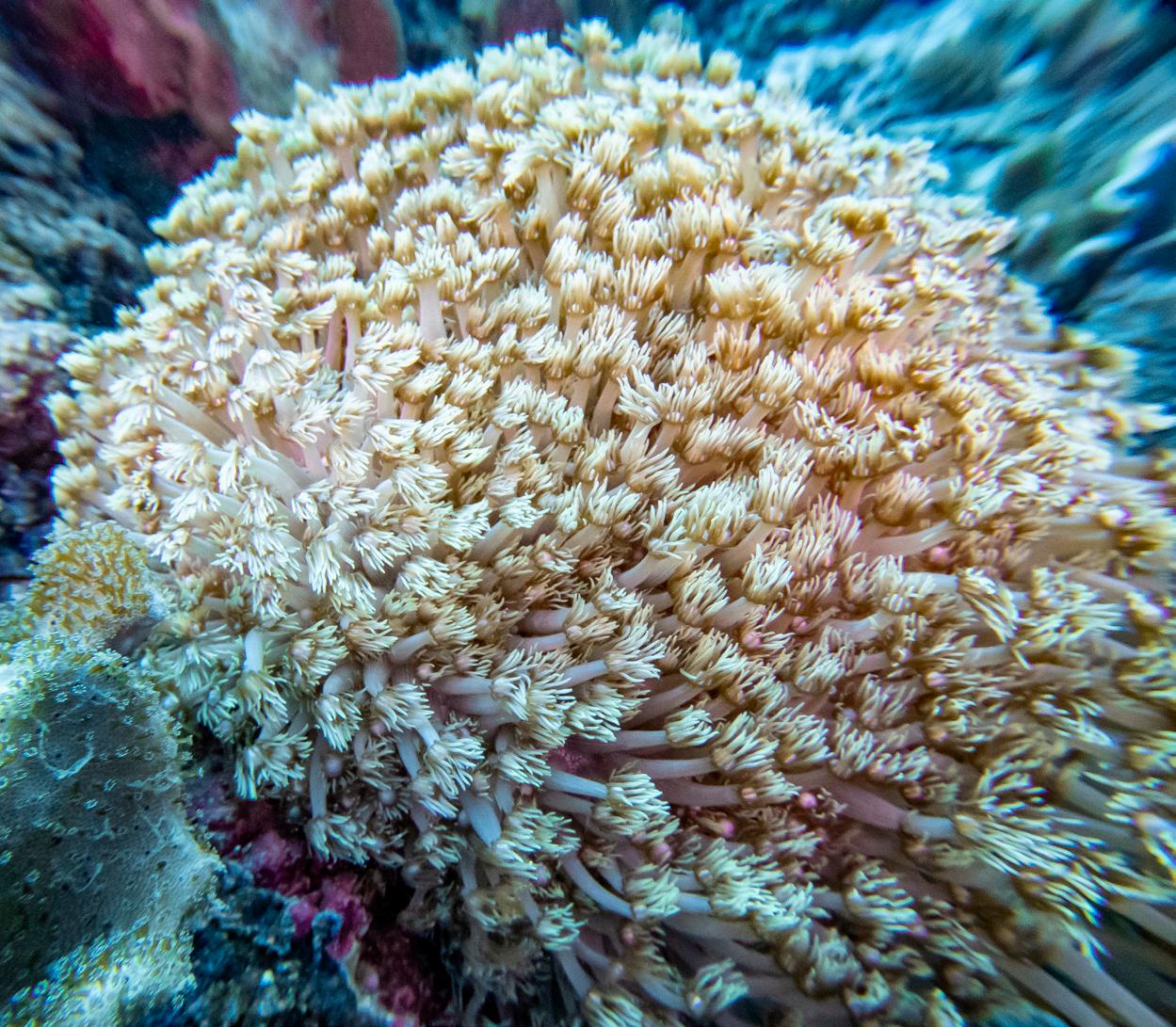
Due to a strange weather front for October, we were unfortunately unable to do our second day’s dives, but thankfully had a great day on the Friday. We dived Police Run, Blacktip and Coral Garden, and never came across another boat or group of divers. Descending at Police Run, I came face to face with a Geometric moray (Gymnothorax griseus) only to be pulled to turn to my left to be faced with an even larger duo of Honeycomb morays (Gymnothorax favagineus) right by my left elbow. I was in the middle of filming at the time, but how I missed them at the sheer size of them is beyond me, but what a great surprise to have two of them intertwined.
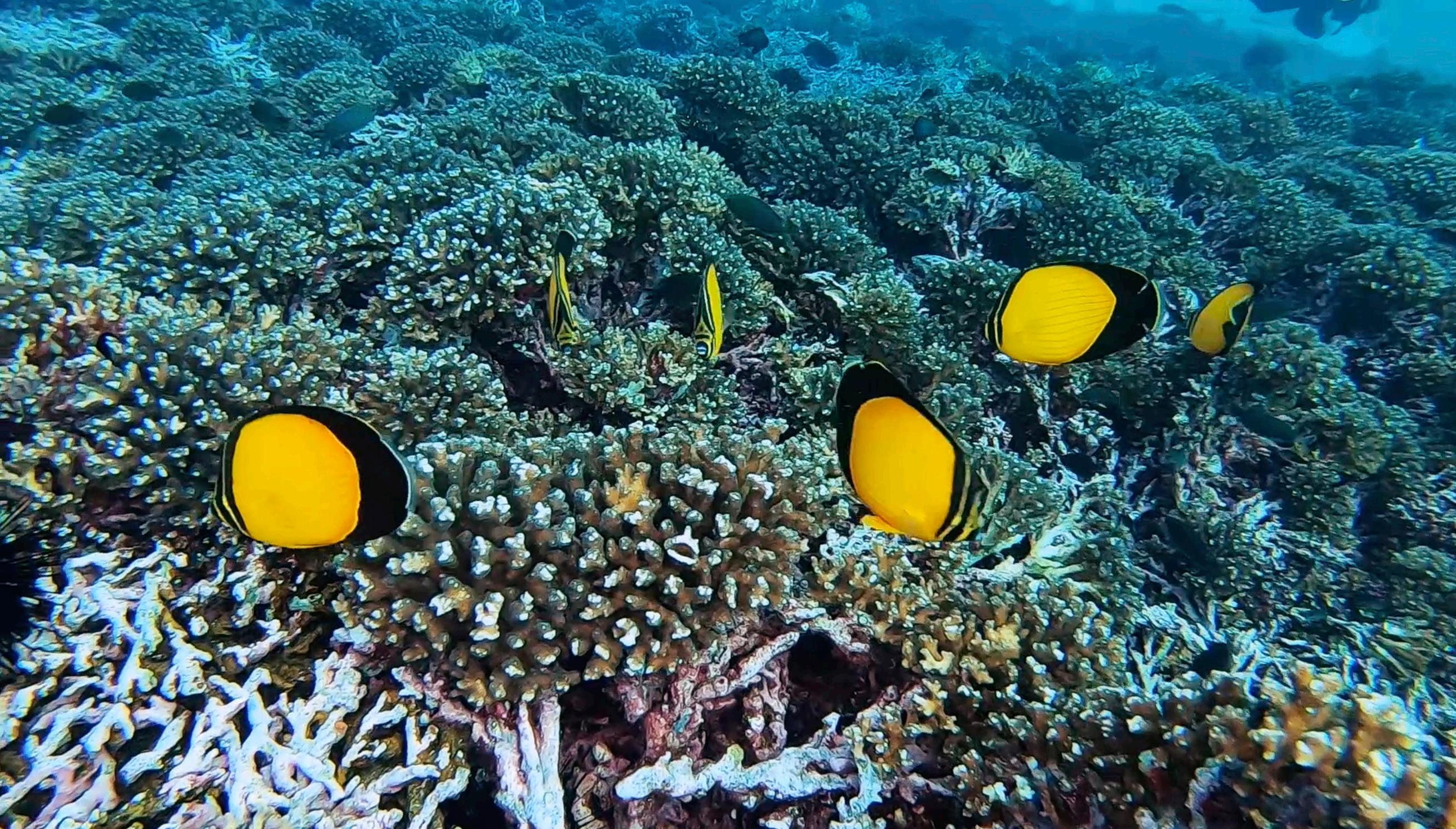
Just afew fin kicks away from them, Yellowmouth moray eels (Gymnothorax nudivomer) are found scattered about the reef. This is a typically good day at the Daymaniyats. There really is plenty to see. We missed the Whale shark (Rhincodon typus) season unfortunately, but for future reference, September is the time to see them, if you’re lucky.
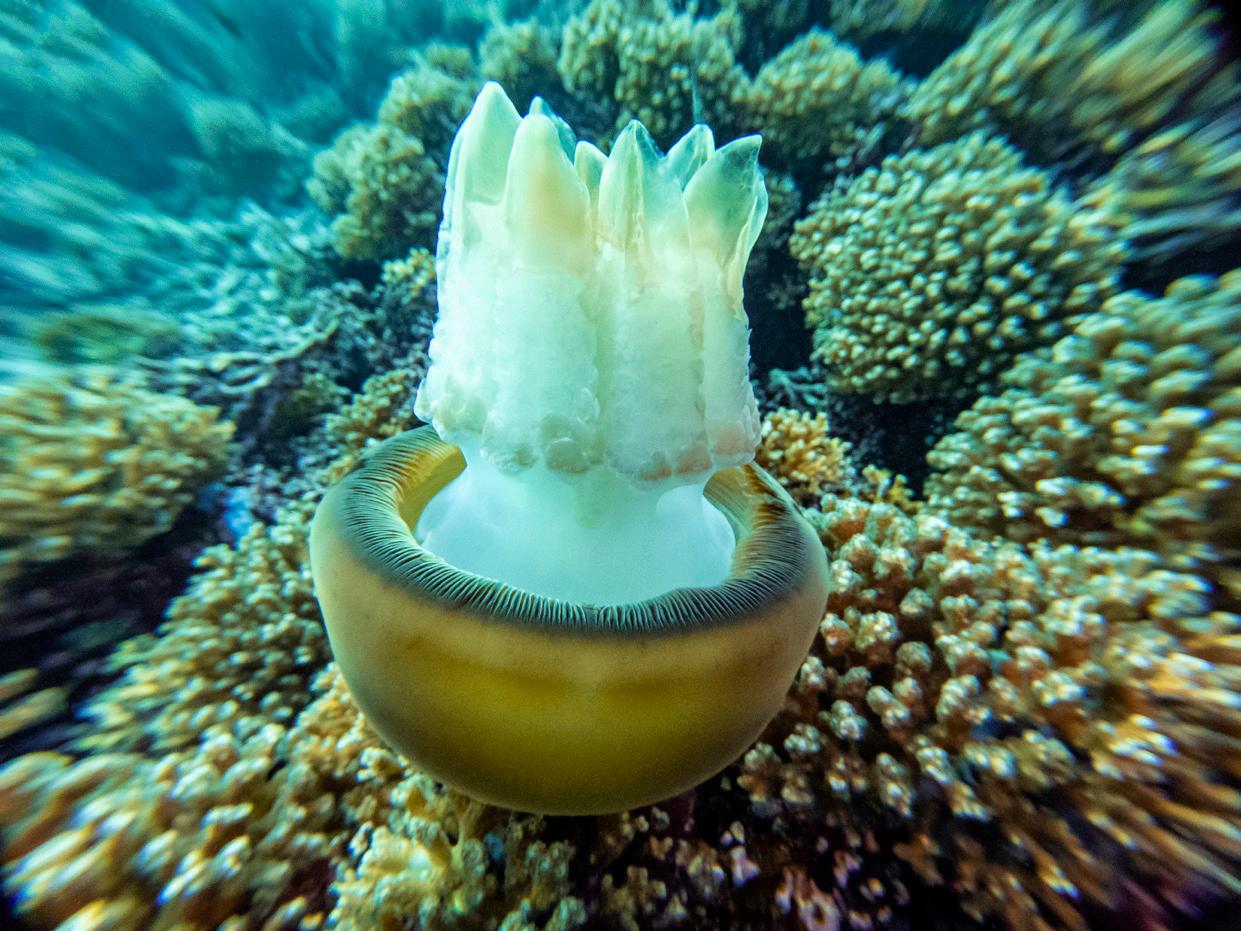
Our last dive at Coral Garden was fabulous as there were plenty ofmating cuttlefish and we had a blast ending the trip on such a high note. The Cowtail stingray (Pastinachus sephen) was an added bonus to the Bluespotted ribbontail rays (Taeniura lymma) and some of the group were lucky enough to see a Leopard shark (Stegostoma fasciatum). The rest of us tried not to hold a grudge on missing out on seeing this majestic carpet shark.
These reefs are always adorned with the frisky yellow/orange and black Arabian butterflyfish (Chaetodon melapterus), I had a swim with a friendly Stellate puffer fish (Arothron stellatus) and had a little visit with a one-eyed Spotfin porcupinefish (Diodon hystrix). You know all is well on the reef when a Hawksbill turtle (Eretmochelys imbricate) tags along with the group. The underwater realm in the Daymaniyat’s is still a very special place. Let’s hope it stays that way.

Dive Centre: Mola Mola Diving Center Location: The Wave, Al Mouj Marina, Muscat, Sultanate of Oman Email: info@molamoladivingcenter.com www.molamoladivingcenter.com










